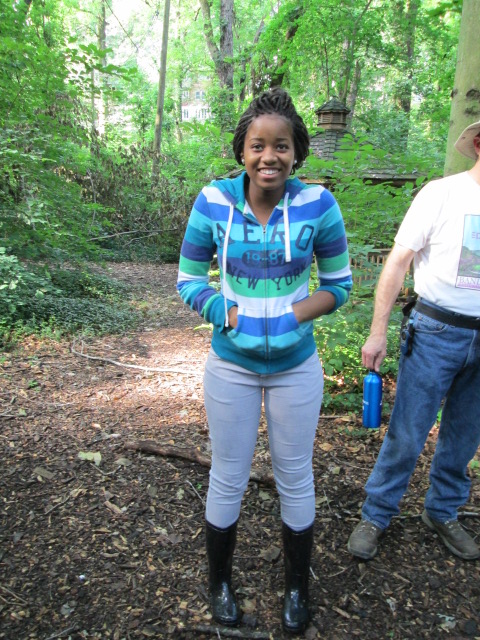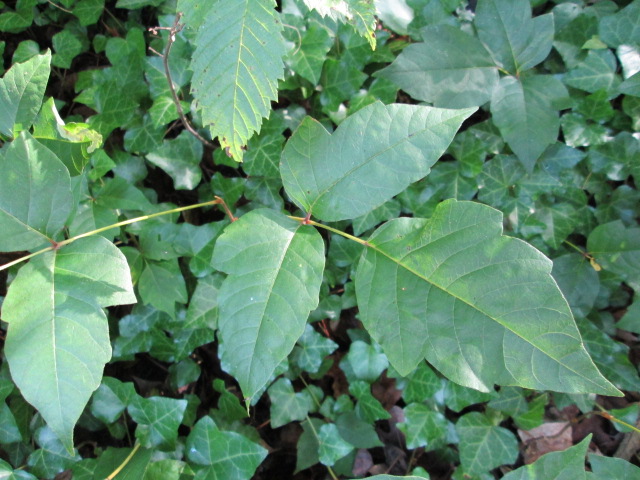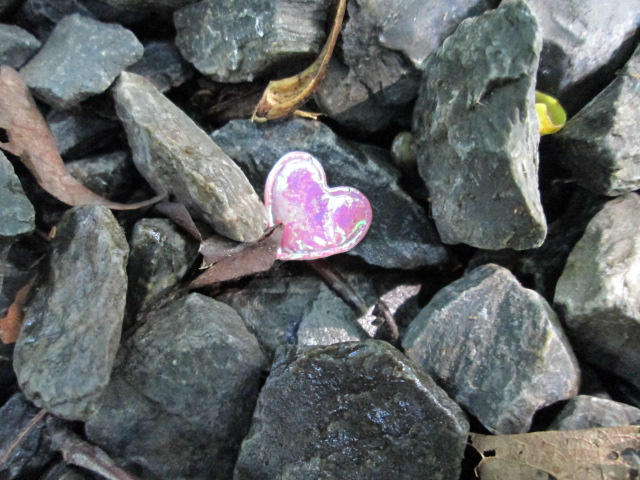SAFETY REMINDERS
2. Be very careful to not spill chemicals, but if they come in contact with your skin, notify an adult and follow safety protocols such as washing the exposed tissue for 15 minutes with running water.
3. If anything spills on your work surface, stop work immediately and carefully and safely clean it up. The remaining sample is still usable if it is a serial dilution with soil already added, a completed nitrate test, or a completed chemical extraction. Otherwise, redo the tests for that sample.
4. Wash your hands thouroughly after chemical testing.
5. Clean any work area that has been exposed to bacteria or other microbes with 70% alcohol.
1. Always check that your have ALL the necessary materials before going ouside. Think through the whole process.
2. Label everything you may need before you go outside.
3. Bring extra baggies, sharpies and flags as well in case something rips or you lose one.
4. Especially in the summer, you will want to wear excessive amounts of bugspray. While trying to get this picture, we were bitten at least five times.
 |
5. If the ground is hard or has a lot of roots, you may need a mallet to hammer the soil core pipe into the ground.
7. Check yoursef for ticks after being out in the woods.

8. You may also want to wear protective clothing. Here's Morgan in
long sleeves, pants, and boots.
 9. Watch out for poision ivy. It has three leaves and a red center.
9. Watch out for poision ivy. It has three leaves and a red center.
10. Beware of fairies.

 guidelines on creating data tables.
guidelines on creating data tables.2. During testing, wash all materials between uses and do not touch the tips of the serological and micro-pipettes so as to avoid contamination. Always remember: "When in doubt, throw out!"
3. Be sure to perform chemical extractions and serial dilutions around the same time for most accurate results.
4. We recommend setting up multiple chemical extractions, nitrate tests and serial dilutions at the same time if you have the materials. Typically one person can effeciently do chemical extractions while two people work together on serial dilutions, so,
5. At least 3 people should work together on a team for the chemical testing.

7. If you are following LaMotte test protocols, be aware that samples may not be truly pink; you are looking for the amount of pink in it and the darkness of the sample. It helps to stir the sample. In this example, we judged it a 30, between 20 and 30 divided by 2 in conversion from lb per acre to ppm, that's 15 ppm.

8. When counting grown bacteria samples, it is helpful to use a sharpie to dot each colony as you count it.
9. If it is a red dot, it is bacteria. If it is a brown dot, it is dirt. You may want to use a magnifying glass. To safely dispose of bacteria plates, use a biohazard bag.

